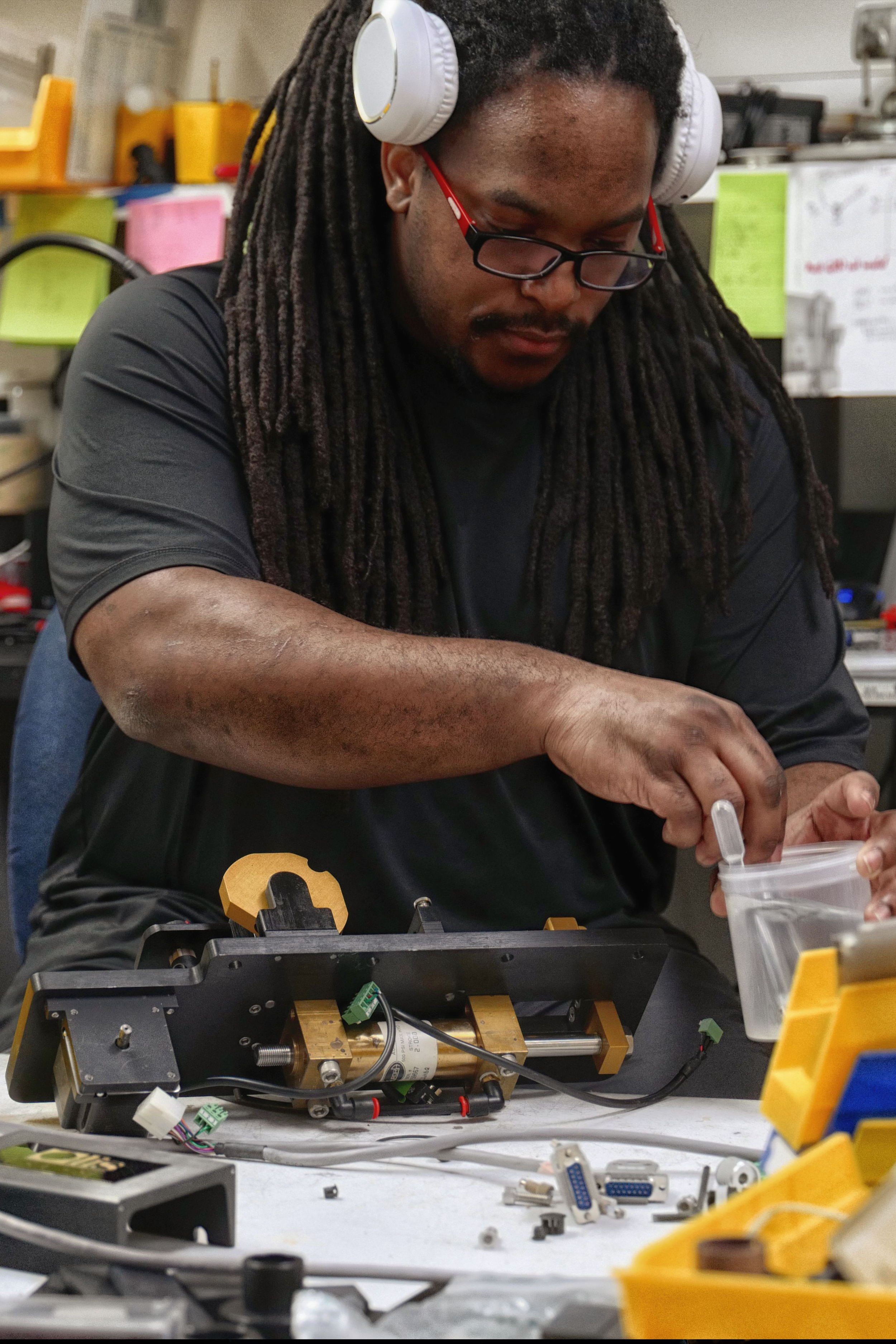Uv/vis/nir for Beginners

Branch of spectroscopy Table-top spectrophotometer Beckman IR-1 Spectrophotometer, ca. 1941 Beckman Design DB Spectrophotometer (a double beam design), 1960 Hand-held spectrophotometer utilized in graphic market Spectrophotometry is a branch of electro-magnetic spectroscopy interested in the quantitative measurement of the reflection or transmission properties of a material as a function of wavelength.
Spectrophotometry is a tool that hinges on the quantitative analysis of molecules depending on how much light is absorbed by colored substances.
Everything about Circularly Polarized Luminescence
A spectrophotometer is typically used for the measurement of transmittance or reflectance of services, transparent or opaque solids, such as refined glass, or gases. Lots of biochemicals are colored, as in, they absorb noticeable light and therefore can be measured by colorimetric procedures, even colorless biochemicals can typically be transformed to colored compounds ideal for chromogenic color-forming responses to yield compounds suitable for colorimetric analysis.: 65 Nevertheless, they can likewise be developed to determine the diffusivity on any of the listed light ranges that generally cover around 2002500 nm utilizing different controls and calibrations.
An example of an experiment in which spectrophotometry is utilized is the determination of the stability constant of an option. A specific chain reaction within an option may occur in a forward and reverse direction, where reactants form products and products break down into reactants. Eventually, this chain reaction will reach a point of balance called a stability point.
Uv/vis Fundamentals Explained
The amount of light that passes through the option is a sign of the concentration of specific chemicals that do not permit light to go through. The absorption of light is due to the interaction of light with the electronic and vibrational modes of molecules. Each kind of particle has a specific set of energy levels connected with the makeup of its chemical bonds and nuclei and thus will soak up light of specific wavelengths, or energies, leading to unique spectral homes.
Using spectrophotometers covers numerous scientific fields, such as physics, materials science, chemistry, biochemistry. spectrophotometers, chemical engineering, and molecular biology. They are commonly utilized in many markets consisting of semiconductors, laser and optical production, printing and forensic assessment, in addition to in labs for the study of chemical substances. Spectrophotometry is typically used in measurements of enzyme activities, determinations of protein concentrations, decisions of enzymatic kinetic constants, and measurements of ligand binding reactions.: 65 Eventually, a spectrophotometer is able to identify, depending upon the control or calibration, what substances are present in a target and exactly just how much through estimations of observed wavelengths.
This would come as a solution to the formerly developed spectrophotometers which were not able to take in the ultraviolet correctly.
The 20-Second Trick For Uv/vis
It would be found that this did not give acceptable results, for that reason in Design B, there was a shift from a glass to a quartz prism which enabled much better absorbance results - UV/Vis (https://calendly.com/olisclarity1/30min). From there, Model C was born with a change to the wavelength resolution which ended up having 3 units of it produced
It irradiates the sample with polychromatic light which the sample takes in depending on its properties. It is transmitted back by grating the photodiode selection which detects the wavelength area of the spectrum. Ever since, the creation and application of spectrophotometry gadgets has increased tremendously and has actually turned into one of the most ingenious instruments of our time.
The Greatest Guide To Uv/vis/nir
Historically, spectrophotometers utilize a monochromator containing a diffraction grating to produce the analytical spectrum. The grating can either be movable or repaired. If a single detector, such as a photomultiplier tube or photodiode is used, the grating can be scanned stepwise (scanning spectrophotometer) so that the detector can determine the light intensity at each wavelength (which will correspond to each "action").
In such systems, the grating is repaired and the intensity of each wavelength of light is measured by a different detector in the selection. Furthermore, most modern mid-infrared spectrophotometers use a Fourier change method to obtain the spectral details - https://www.abnewswire.com/companyname/olisclarity.com_129679.html#detail-tab. This strategy is called Fourier change infrared spectroscopy. When making transmission measurements, the spectrophotometer quantitatively compares the fraction of light that travels through a reference solution and a test service, then digitally compares the intensities of the 2 signals and calculates the portion of transmission of the sample compared to the reference requirement.

Comments on “The Ultimate Guide To Circular Dichroism”